History and origins
TOBACCO AND PREMIUM CIGARS
Presenting an overview of the origins and history of tobacco. How the consumption of tobacco, cigars and premium puros has spread throughout the world. Making history. Proud of what we do and of what we have built during our history. Our greatest passion is conveying tobacco culture to the world.
Tobacco
ORIGINS
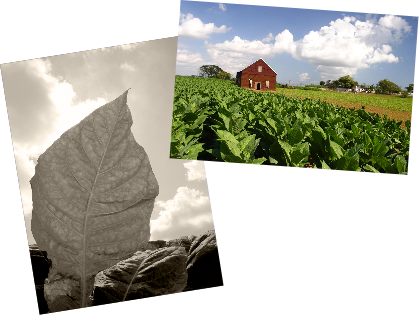
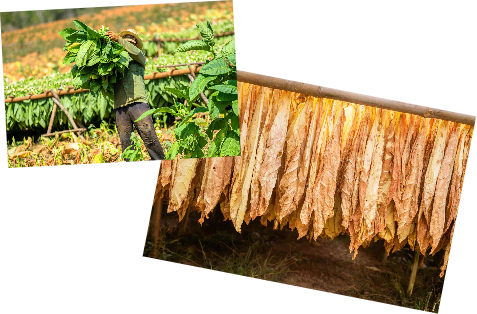
The tobacco plant, known scientifically as NICOTIANA TABACUM belongs to the Solanaceae family, which is native to the Americas.
It is the result of a natural cross between two Nicotiana species: Nicotiana sylvestris, from which it inherited its size, and Nicotiana rusbi, which provided broad leaves and flowers. It has tiny seeds and a characteristic harsh smell and bitter taste
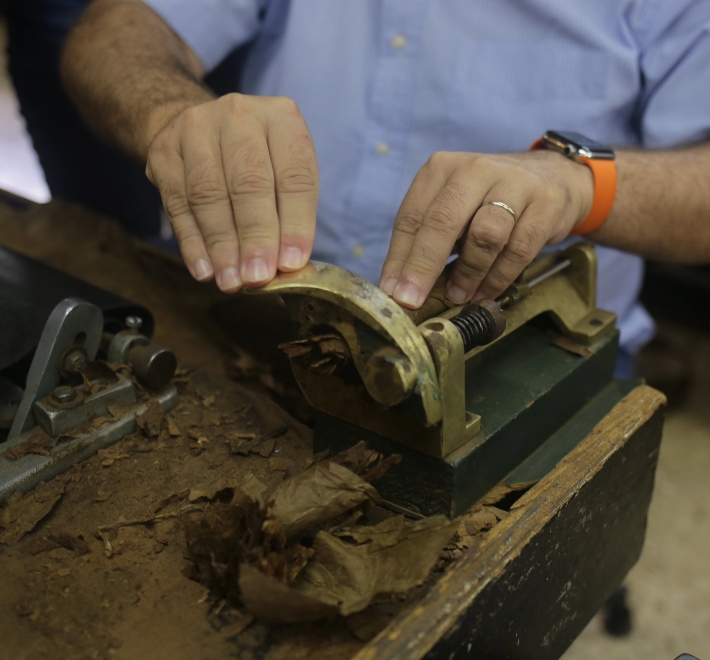
The origins of the tobacco plant can be traced to the shore of Lake Titicaca in the pre-mountainous areas of the Peruvian and Bolivian Andes. From there, it travelled through the American continent via the Caribbean, Central America and North America.
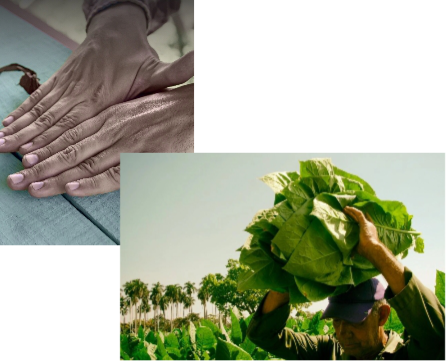
It arrived in Cuba between 2,000 and 3,000 BC, brought by the Araucanians, aboriginal tribes of South America from which the Taino culture descended and which settled in the Greater Antilles. Tobacco takes its name from Tabasco, the province of Yucatan, Mexico, where it was discovered around 1520.
Evidence of the first encounter between the conquistadors and the tobacco plant dates back to the first land mass they set foot on in the New World: the island of Guanahaní, or San Salvador, as Christopher Columbus named it. But it was on the north coast of the eastern tip of Cuba ‘when the Spaniards truly realised what those leaves were and what they were used for’.
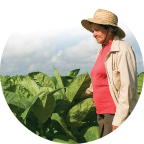
CULTIVATION.
When the Spanish conquistadors arrived in the New World, they discovered that tobacco cultivation had spread throughout the continent, which is why it is sometimes referred to as the ‘gold’ of the Americas. «oro» de América.
TOBACCO
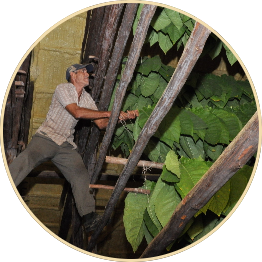
WORLDWIDE EXPANSION
The history of the worldwide expansion of tobacco consumption and cultivation is interwoven with desire and rejection, with draconian prohibitions and reckless smuggling, with pleasure and money and blood. It was the ‘Devil’s strategy’ and, as such, condemned by royal courts and the Church. But it was primarily a very lucrative business and therefore arbitrarily restricted and monopolised.
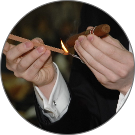
Tradition.
A real passion for Solanaceae was unleashed on the old continent from a very early period and, as expected, it was in Spain that
the smoking habit gained the most followers.
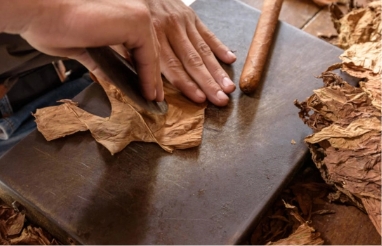
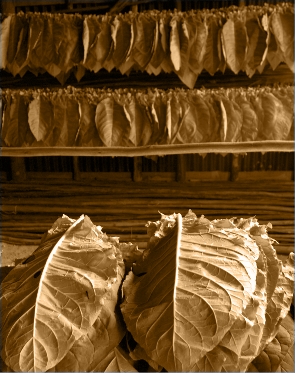
1717

In 1717, King Philip V ordered a royal monopoly on tobacco grown in Cuba, a decision that has gone down in history under the name of ‘Estanco del Tabaco’. This restricted period lasted until 1817, when the Estanco was abolished by Royal Decree, a measure that allowed free trade between the island and the known world, although always through Spanish ports.
Its cultivation was the exclusive occupation of free men. The harsh conditions of sugar production were compatible with slave labour, but as José Martí stated, a tobacco plant should be treated as if it were a refined lady. This was made possible by immigrants from the Canary Islands, which led to the origins of the Cuban peasantry.
19TH CENTURY
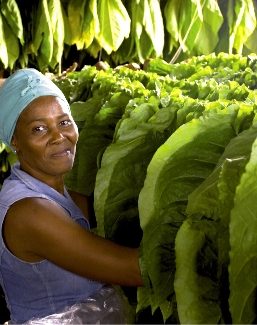
Main
SOURCES
One needs top-quality raw materials to make the world’s best premium cigars, so it is important to have the right soil and climate in order to do this. Cuba, the Dominican Republic, Nicaragua and Honduras are the four main sources.
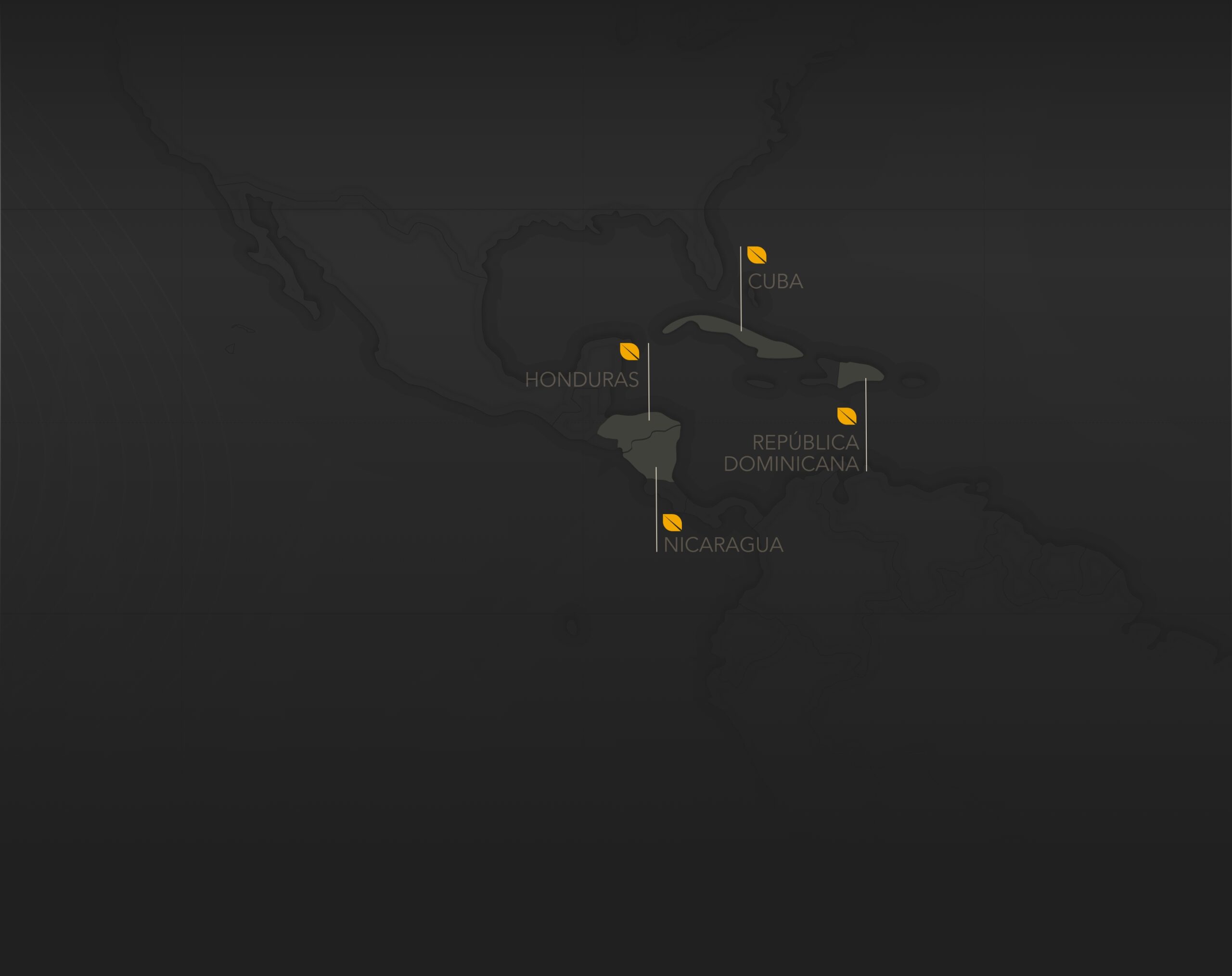
01
CUBA.
CUBA

GROWING REGIONS
The places where tobacco can be grown to make a Habano are strictly limited to specific, well-defined tobacco-growing regions, zones and districts of the Cuban territory. Only a small group of areas in these regions have their own special style of cultivation.
These include the Vegas de Primera, whose features make them superior to others because of the exceptional quality of their soil and microclimate, as well as the exceptional skills implemented when it comes to cultivating them.
CUBA
GROWING REGIONS
The places where tobacco can be grown to make a Habano are strictly limited to specific, well-defined tobacco-growing regions, zones and districts of the Cuban territory. Only a small group of areas in these regions have their own special style of cultivation.
These include the Vegas de Primera, whose features make them superior to others because of the exceptional quality of their soil and microclimate, as well as the exceptional skills implemented when it comes to cultivating them.

Remedios: Source of leaves for Habanos José L. Piedra brand, its soil and climate have distinctive characteristics.
Vuelta Arriba: It was in Bariay, in the easternmost part of this region, where Columbus landed in 1492 and discovered Cuban tobacco.
Pinar del Río: Semi Vuelta and Vuelta Abajo, which in turn includes tobacco-growing districts such as San Juan y Martínez and San Luis.
Partido: Designation of Origin zone that specialises in growing wrapper leaves for Habanos de Tripa Corta (short filler) and de Tripa Larga (long filler).
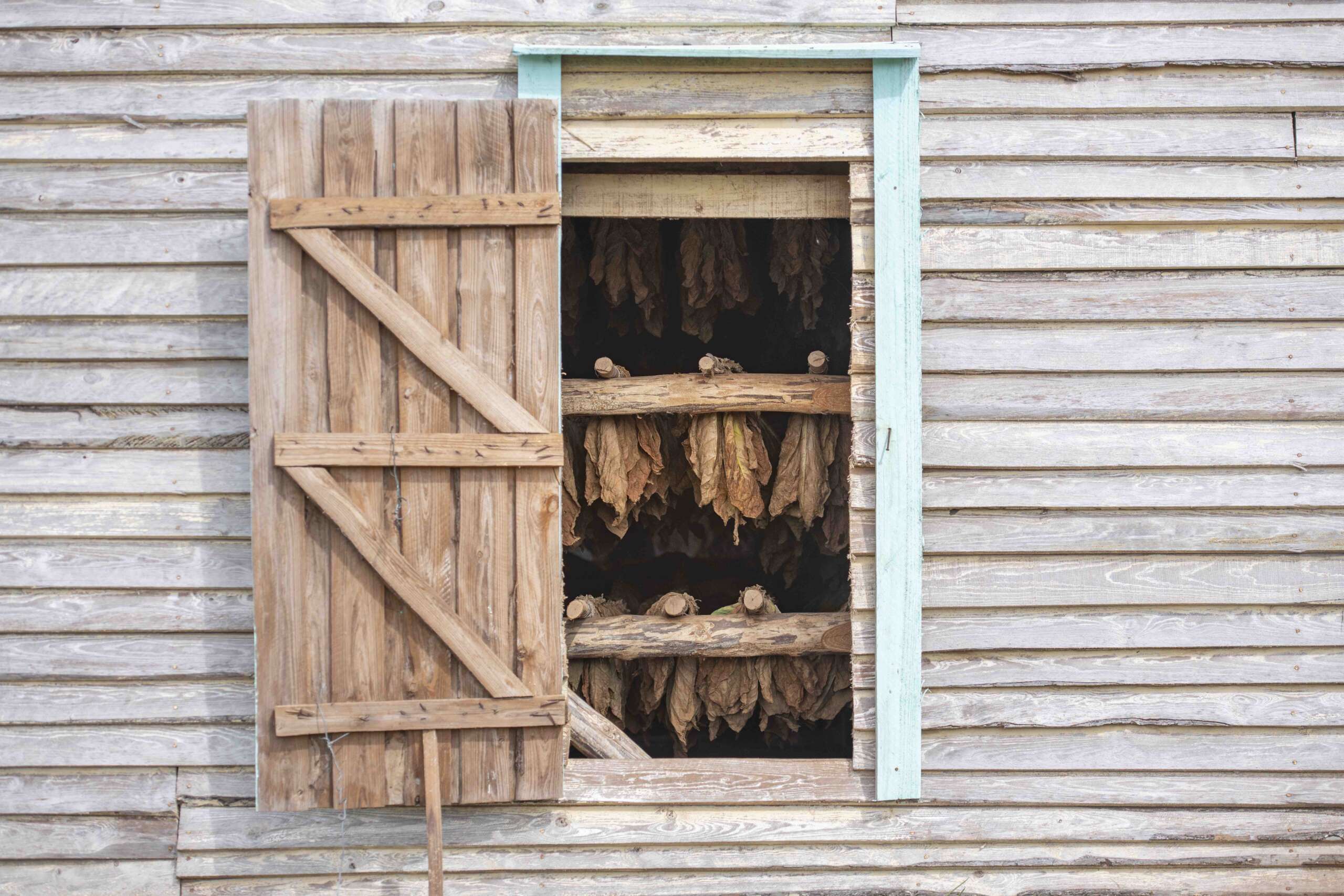
Remedios: Source of leaves for Habanos José L. Piedra brand, its soil and climate have distinctive characteristics.
Vuelta Arriba: It was in Bariay, in the easternmost part of this region, where Columbus landed in 1492 and discovered Cuban tobacco.

Pinar del Río: Semi Vuelta and Vuelta Abajo, which in turn includes tobacco-growing districts such as San Juan y Martínez and San Luis.
Partido: Designation of Origin zone that specialises in growing wrapper leaves for Habanos de Tripa Corta (short filler) and de Tripa Larga (long filler).
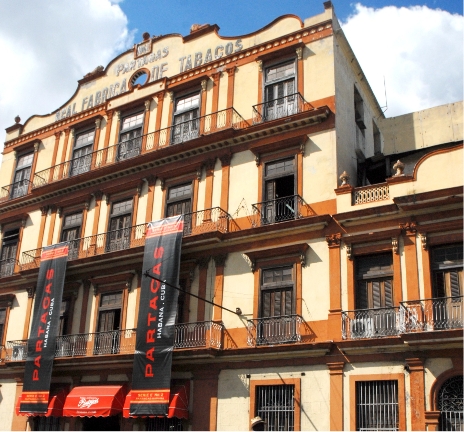
HABANOS
Havana, Cuba’s capital, gave its name to Cuba’s most famous export product, as Habanos were historically shipped from the port in its bay to be sent abroad. It is still home to the most famous Habanos factories.
All Habanos are Cuban, but not all cigars made in Cuba are Habanos. Habanos is a Protected Designation of Origin (PDO) reserved for a selection of brands that meet strict regulatory council quality controls at all stages
HABANOS
Havana, Cuba’s capital, gave its name to Cuba’s most famous export product, as Habanos were historically shipped from the port in its bay to be sent abroad. It is still home to the most famous Habanos factories.
All Habanos are Cuban, but not all cigars made in Cuba are Habanos. Habanos is a Protected Designation of Origin (PDO) reserved for a selection of brands that meet strict regulatory council quality controls at all stages

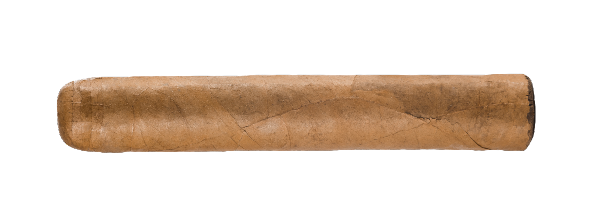
HABANOS
CHARACTERISTICS
01.
Made from tobacco leaves harvested in specifically Protected Designation of Origin areas.
02.
Made entirely by hand using craftsmanship methods backed by more than two centuries of tradition.
CHARACTERISTICS
01.
Made from tobacco leaves harvested in specifically Protected Designation of Origin areas.
02.
Made entirely by hand using craftsmanship methods backed by more than two centuries of tradition.

HABANOS
02
DOMINICAN REPUBLIC.
DOMINICAN REPUBLIC
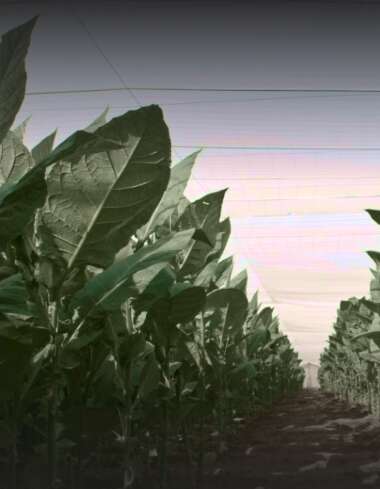
GROWING REGIONS
The Cibao Valley (in the country’s northwest) has the richest, most fertile soil for growing tobacco. It enjoys a cooler climate thanks to afternoon breezes that lower the temperature compared to the scorching sun during the day. Mountains also protect the area from hurricanes and keep humidity levels stable.
DOMINICAN REPUBLIC
GROWING REGIONS
The Cibao Valley (in the country’s northwest) has the richest, most fertile soil for growing tobacco. It enjoys a cooler climate thanks to afternoon breezes that lower the temperature compared to the scorching sun during the day. Mountains also protect the area from hurricanes and keep humidity levels stable.

Mao: Cuban Piloto Medio
Navarrete: Cuban Piloto Suave lemon green
Villa Gonzáles: medium aroma
La Canela: Cuban Piloto Fuerte
Jacagua: strong aroma
Santo Domingo
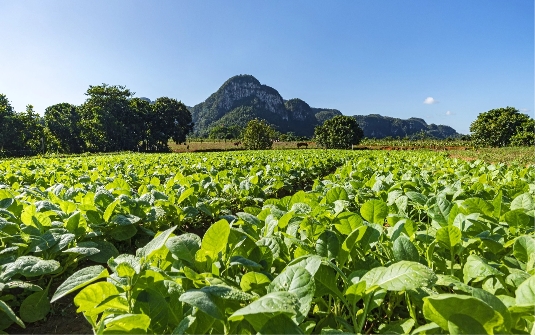
Mao: Cuban Piloto Medio
Navarrete: Cuban Piloto Suave lemon green
Villa Gonzáles: medium aroma

La Canela: Cuban Piloto Fuerte
Jacagua: strong aroma
Santo Domingo
VARIETIES
01
Olor Dominicano (local)
02
Piloto Cubano (from Cuba)
03
San Vicente (local Cuban mix)
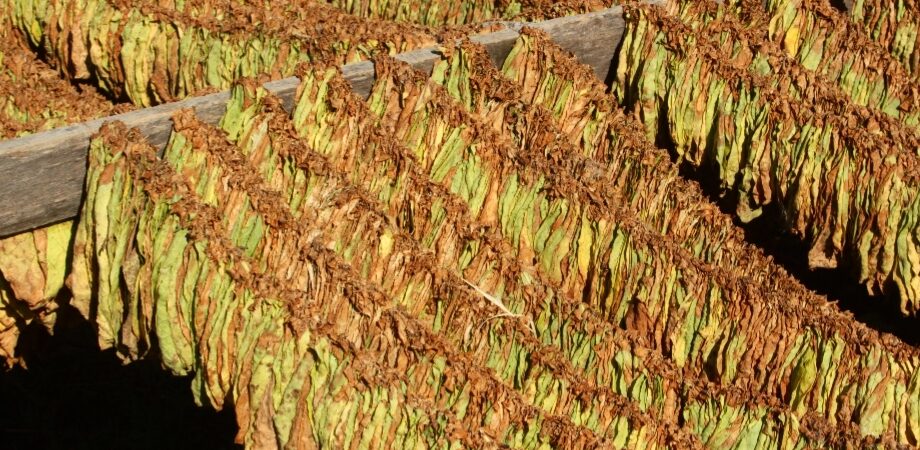
VARIETIES
01
Olor Dominicano (local)

02
Piloto Cubano (from Cuba)
03
San Vicente (local Cuban mix)
CHARACTERISTICS
Soft to medium strength with an intense herbaceous, woody aroma.
Tabacalera de García, the world’s largest premium cigar factory, is located in the Dominican Republic, specifically in La Romana. Founded in 1969, around 30 million handmade cigars are produced there every year.
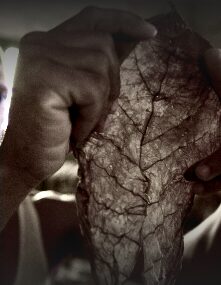
CHARACTERISTICS
Medium to strong strength with an intense herbaceous, woody aroma.
Tabacalera de García, the world’s largest premium cigar factory, is located in the Dominican Republic, specifically in La Romana. Founded in 1969, around 30 million handmade cigars are produced there every year.

03
NICARAGUA.
NICARAGUA
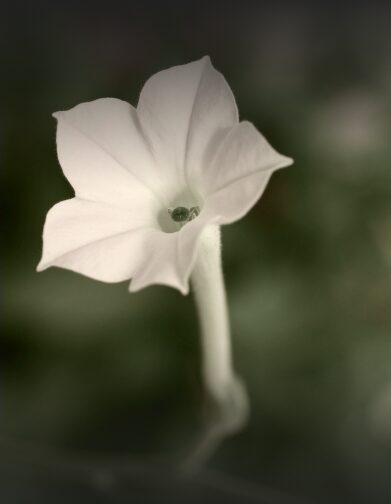
Nicaragua’s tobacco industry has experienced enormous growth over the past decade, becoming the number-one exporter of tobacco to the USA (the largest market for premium cigars) and the number-one producer in the world.
NICARAGUA
Nicaragua’s tobacco industry has experienced enormous growth over the past decade, becoming the number-one exporter of tobacco to the USA (the largest market for premium cigars) and the number-two producer in the world.

GROWING REGIONS
Estelí, Jalapa, Condega and Ometepe. Each region has unique soil characteristics and varying levels of mineral richness, resulting in extremely different tobaccos with various aromas, strengths and flavours.
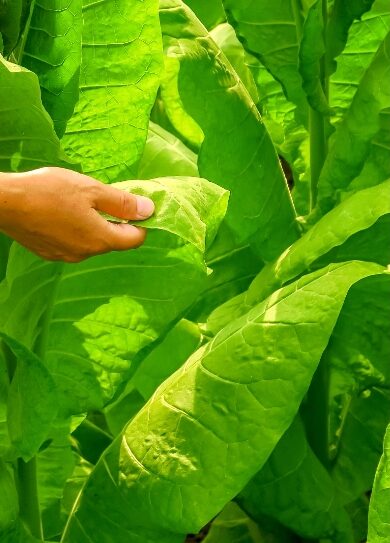
GROWING REGIONS
Estelí, Jalapa, Condega and Ometepe. Each region has unique soil characteristics and varying levels of mineral richness, resulting in extremely different tobaccos with various aromas, strengths and flavours.

VARIETIES GROWN
01
Habana (from Cuba)
02
Connecticut (from USA)
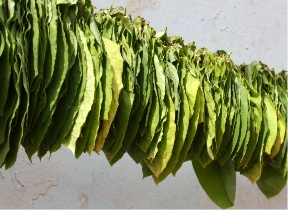
CHARACTERISTICS
The volcanic earth gives the tobacco toasted and floral aromas with intense mineral flavours.
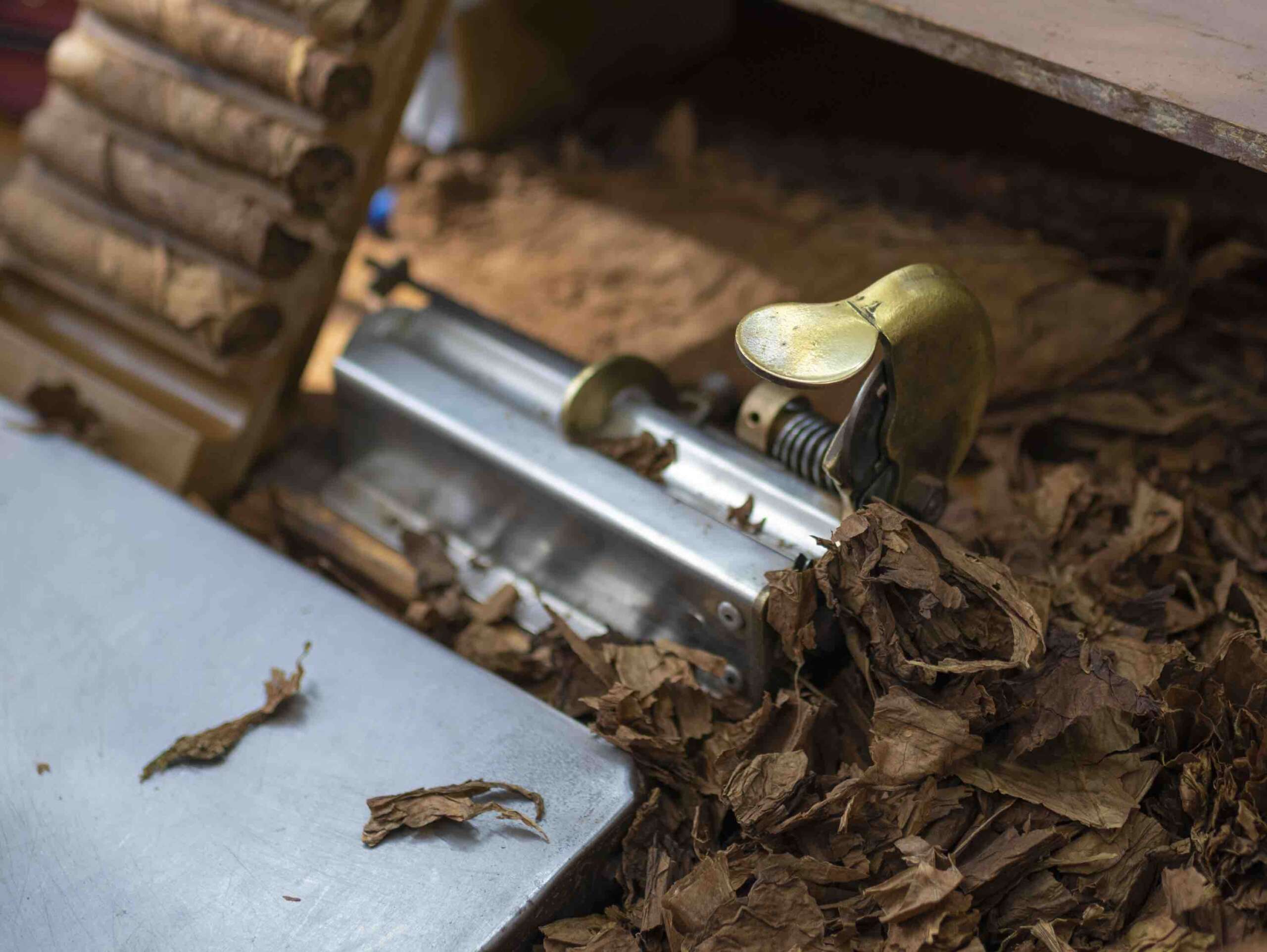
VARIETIES GROWN
01
Habana (from Cuba)
02
Connecticut (from USA)

CHARACTERISTICS
The volcanic earth gives the tobacco toasted and floral aromas with intense mineral flavours.

04
HONDURAS.
HONDURAS
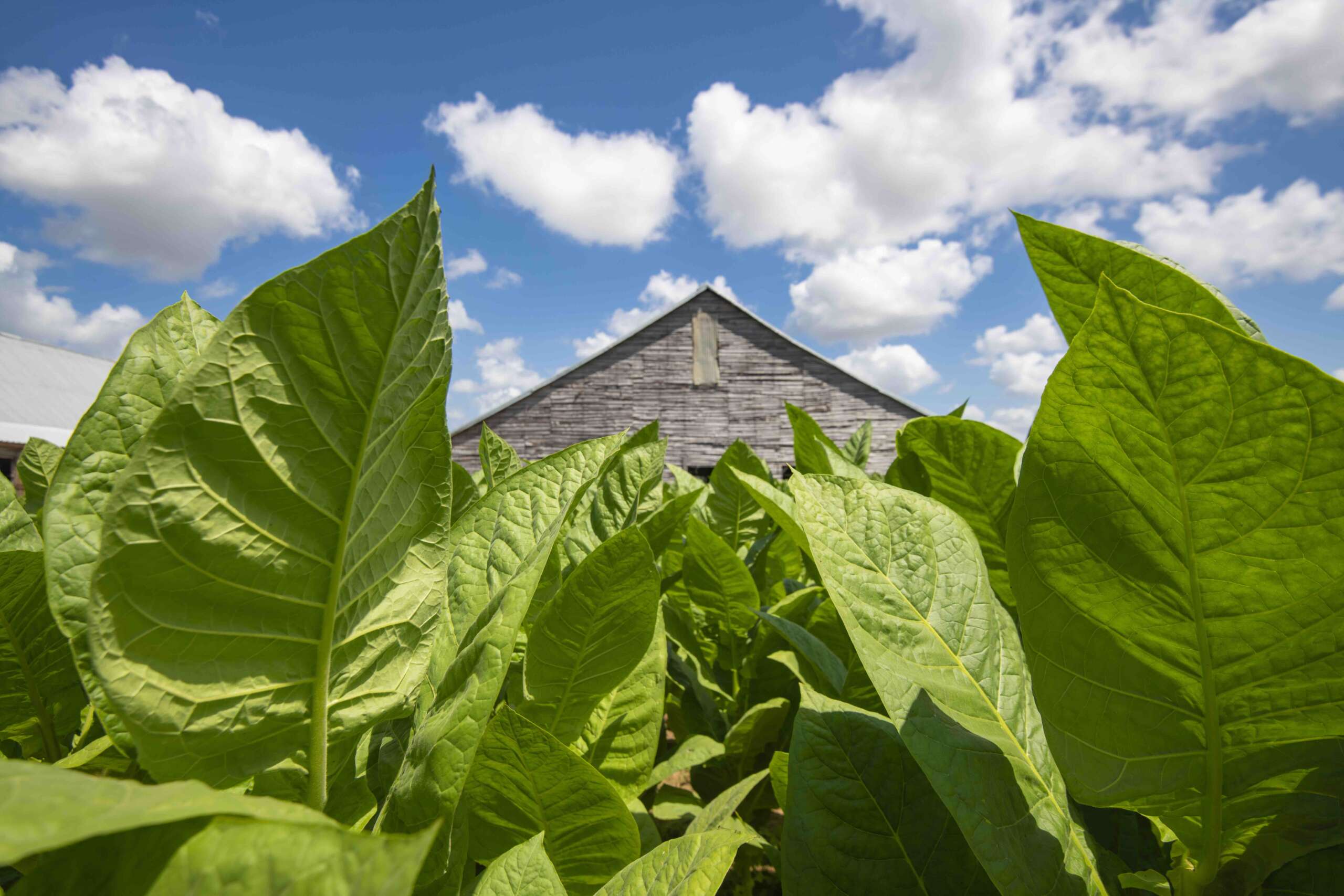
GROWING REGIONS
Jamastrán valley: in the southeast of the country, near the border with Nicaragua, with rich and fertile soil.
Talanga valley: in the centre, mountainous and windy.
Copán region: in the west, near the border with Guatemala, famous for its impressive Mayan archaeological site.
HONDURAS
GROWING REGIONS
Jamastrán valley: in the southeast of the country, near the border with Nicaragua, with rich and fertile soil.
Talanga valley: in the centre, mountainous and windy.

Copán region: in the west, near the border with Guatemala, famous for its impressive Mayan archaeological site.
VARIETIES GROWN
01
Habana (from Cuba)
02
Connecticut (from USA)
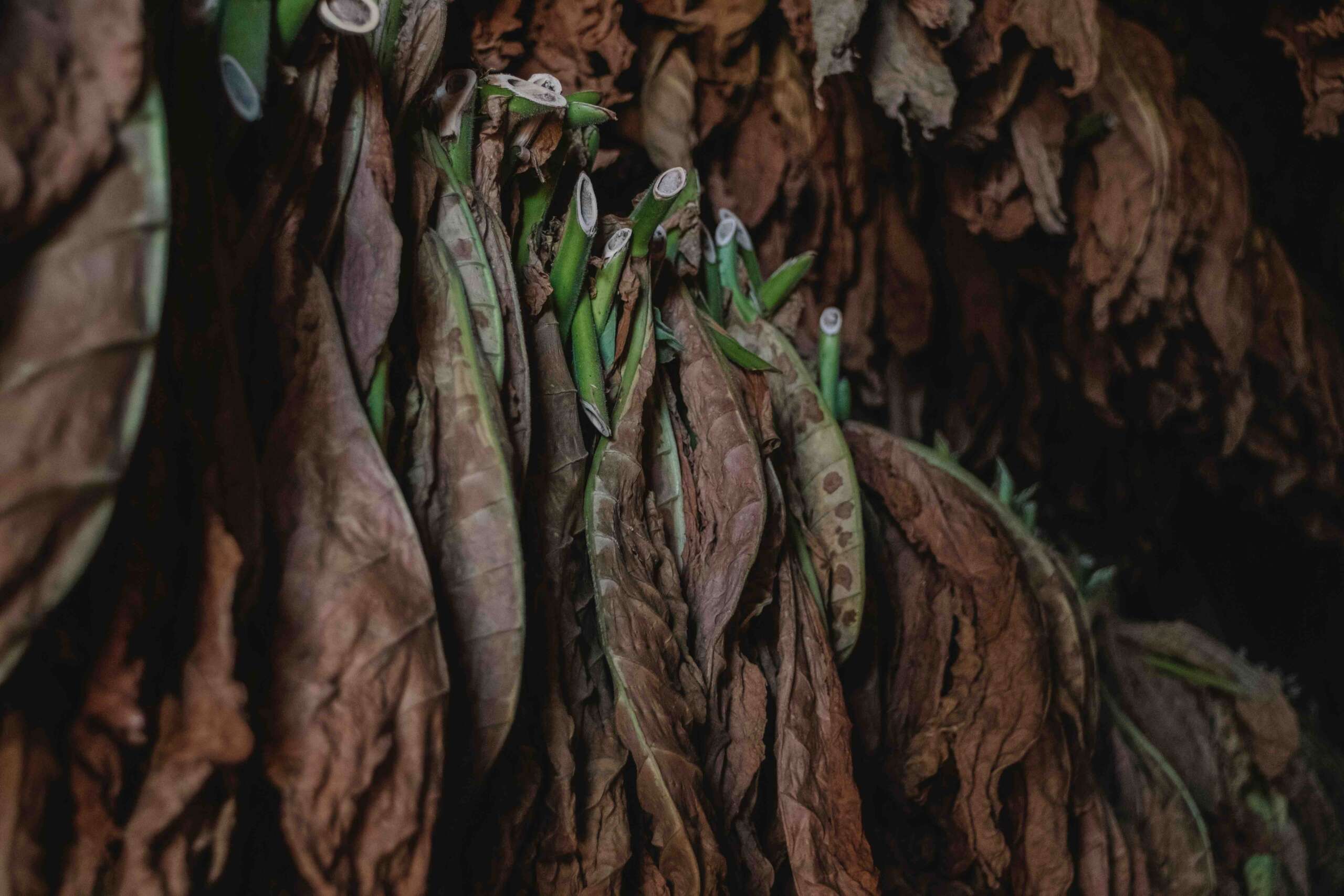
CHARACTERISTICS
Medium to strong with roasted aromas and creamy flavours.
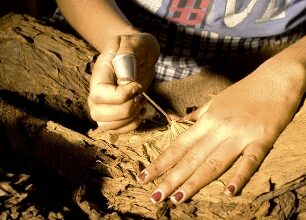
VARIETIES GROWN
01
Habana (from Cuba)
02
Connecticut (from USA)

CHARACTERISTICS
Medium to strong with roasted aromas and creamy flavours.

The La Flor de Copán factory is located here, built in the town of Santa Rosa de Copán thanks to the contribution of Don Jorge Bueso, today proudly continuing the tradition of the country’s oldest factory: La Real Factoría de Tabacos, founded in 1796.
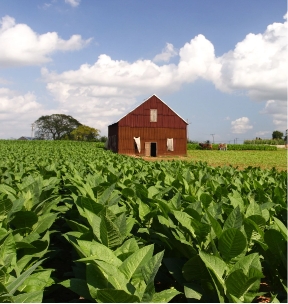
The La Flor de Copán factory is located here, built in the town of Santa Rosa de Copán thanks to the contribution of Don Jorge Bueso, today proudly continuing the tradition of the country’s oldest factory: La Real Factoría de Tabacos, founded in 1796.

